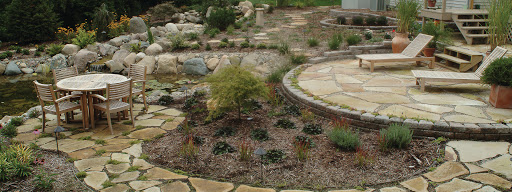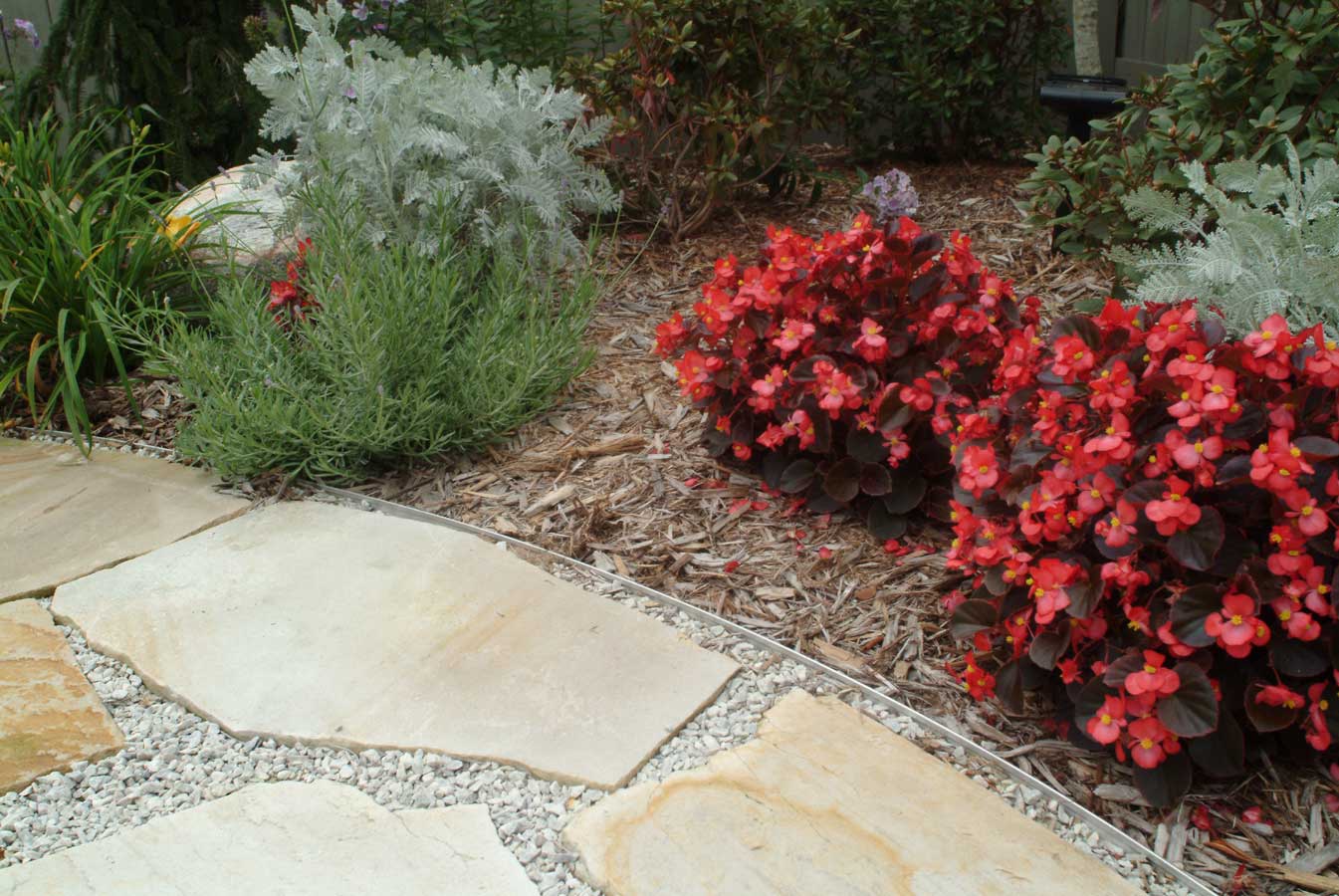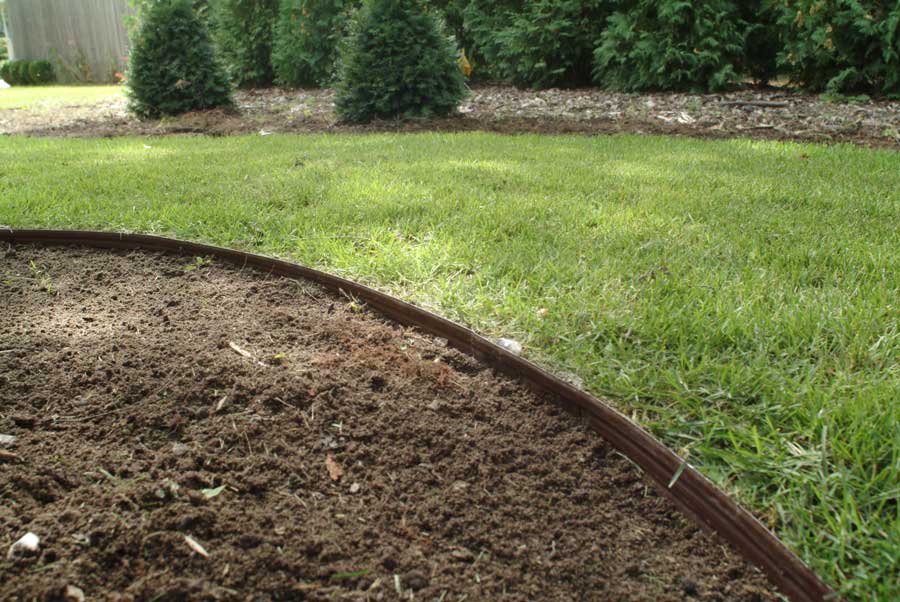- Categories:
- Landscaping
- Maintenance

Landscape Edging for Lawn Care Professionals
Landscape edging helps increase the curb appeal of businesses and homes by creating aesthetically pleasing lines in commercial and residential landscape designs. It divides outdoor living spaces into separate areas while also linking hardscapes and softscapes together. It can serve as a decorative element, pulling in different materials that add depth and texture as well as accentuating plants and outdoor features. Edging serves a functional purpose by keeping mulch in plant beds, creating a barrier for grass and weeds, and containing paths made of pebbles, gravel, or other loose material. Some lawn edging even creates a mowing strip around the border of plant beds to help facilitate routine lawn maintenance.
The first type of lawn edging to consider for landscaping consists of using a lawn edger to physically trim grass and weeds away from hardscapes, like sidewalks, driveways, and patios. A lawn edger or stick edger works by rotating a steel blade into the ground to define a crisp, clean line around hardscaping, landscape beds, and trees. A self-propelled walk-behind lawn edger is a great investment for landscapers who are edging on a large scale, while a hand-held stick edger provides the same trim lines, takes up less space, and offers greater portability. Both provide a well-manicured look for any landscape and offering lawn edging as part of your routine services could be what sets your company apart from other landscapers in your area.
In addition to manually edging lawns, aluminum and plastic lawn edging products are available to help simplify lawn maintenance by creating a physical barrier between turf and landscape features such as flower beds, hardscapes, pathways, and trees.

How To Install Landscape Edging
Installing lawn edging requires more work upfront but provides long-lasting benefits that exceed manual edging alone. To install lawn edging, you will need to dig a trench, insert the plastic edging into the trench, fill soil back around it, and install stakes at regular intervals around the strip to hold it in place. The underground portion of the edging keeps plant roots from creeping out into lawns, while also keeping grass from growing into the flowerbeds. The upper portion creates a lip around the bed to keep mulch and soil from overflowing into lawns when it rains. It is also convenient for lining gravel walkways to ensure that the gravel stays in its designated area.
Incorporating hardscape pavers as edging brings texture into your design while accentuating and dividing spaces within a landscape. When using pavers to line flower beds and pathways, you create a mowing strip that eliminates the need for trimming and makes maneuvering lawn mowers around flowers, shrubs, and trees easier for your crew. A mowing strip consists of pavers or other material set flush into the ground, or slightly above the ground, around plant beds. Not only will the hardscape pavers help your crew save valuable time, but they will also provide an additional barrier between plants and turf. Concrete edging pavers by themselves do not help contain mulch and soil from overflowing into a landscape; therefore, it is best to install a mowing strip in addition to lawn edging.
As a landscaper, you strive to create designs that endure the passage of time, appeal to your clients' needs and wants, and simplify lawn maintenance procedures. From using a lawn edger to trim along hardscape surfaces to flexible edging pieces and mower strips, landscape edging provides a polishing touch that appeals to homeowners and business owners alike. Contact a Horizon team member today to discover outdoor power equipment and landscaping supplies that fit your business needs.
